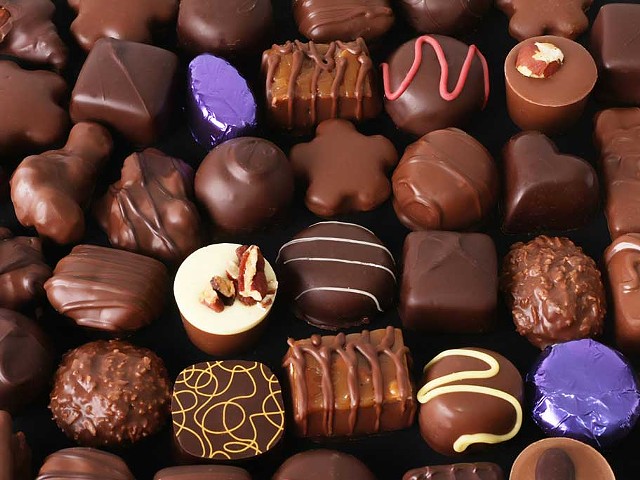According to the Center for Confectionery Market Research together with Rosstat, the average consumption of confectionery products in Russia decreased by 1.6%. A decrease in demand was observed in the category of cakes, pastries and other flour short-term storage, as well as in sugary (caramel, marshmallow, pastille, etc.) and in the chocolate group.
Naturally, such consumer pessimism affected production. Over the 6 months of this year, the volume of production of sweets practically did not increase compared to the same period of 2018, and a minuscule plus 0.1% was provided by chocolate and flour products with long storage periods, namely cookies, waffles, gingerbread cookies. By the way, it was in this very cheap niche that consumers went into the crisis 2015-2016, when sweets were rapidly rising in price. Chocolate, for example, added almost 60% in price over 2 years.
Prices for cocoa beans (the main raw material for the production of chocolate) rose by almost 20% over 1.5 autumn months, and the drought in West Africa as the main region for the production of cocoa beans is not the root cause. Thanks to heavy rains this season, a record crop was collected there. It’s just that Ghana and Côte d’Ivoire, which control more than 60% of world supplies (3.05 million tons), introduced a premium of $ 400 for each tonne exported. The money raised in this way should go to the fight against poverty in Africa. So sooner or later, the decision of the monopolist countries will "come around" in Russia and chocolate products will rise in price again in 2020.
However, chocolate is still half the problem. Record demand for edible palm oil from India and China pushed prices from their lowest levels in recent years, and they began to rise. Palm oil in various proportions is included in almost all confectionery products, including chocolate, modern state standard specifications and technical specifications allow this. In addition, from October 1 of this year, the VAT rate on palm oil has increased from a preferential 10% to a standard 20%. So the consumer will ultimately receive cookies at the price of chocolate, and the latter (due to the sky-high price) will become for many an inaccessible delicacy following the example of black caviar. And again, the delayed effect of rising palm oil prices (like cocoa beans) falls on 2020. It’s easy to guess how these two factors will affect industry pricing.
Despite all the negative points listed above, the participants of the confectionery market are optimistic about the future and, according to the results of the year, even count on growth, even more modest than in 2018. In this regard, domestic confectioners have high expectations for exports, which, unlike the domestic market, are demonstrating a steadily growing dynamics. So, from January to November 2019, Russia exported confectionery products worth about $ 931 million, which is 14.2% more than for the same period in 2018. Now the Russian confectionery industry is one of the five major export commodities of the domestic agricultural industry and is not going to stop there. By 2024, the export of sweets is planned to be increased to $ 2.4 billion compared to $ 1.1 billion in 2018.
Source: sweetinfo.ru.


